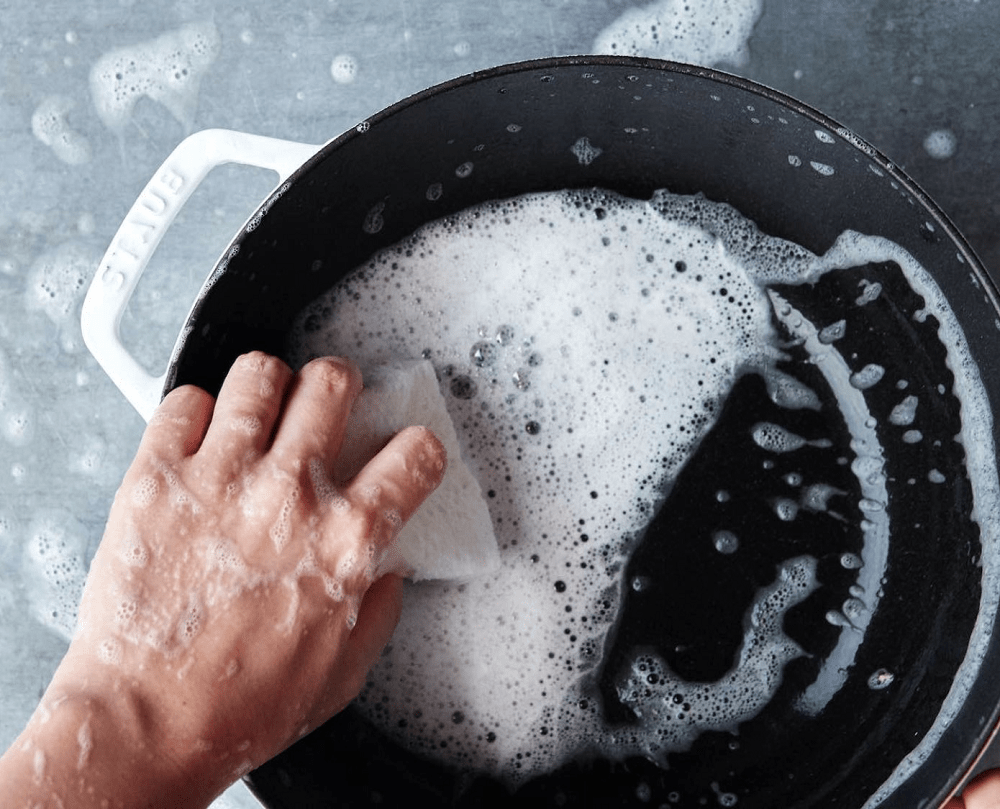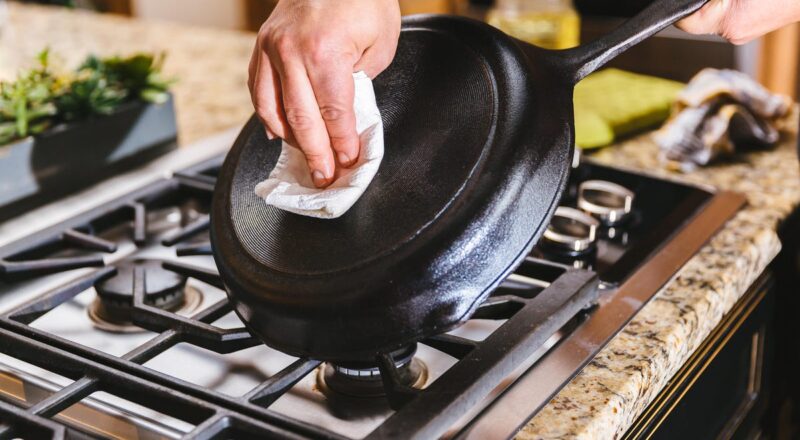Keeping your cast iron in pristine condition is an essential part of enjoying the tremendous benefits of this versatile cookware. However, even the most seasoned chefs can sometimes leave food to burn. If you’re wondering ‘how to remove burnt food from cast iron’, you’re in the right place. This guide will provide you with the best practices and approved techniques to restore your cast iron to its former glory.

Why Is Cast Iron Special?
Cast iron skillets are a kitchen favorite due to their durability and even heat distribution. They can last for generations if properly maintained. Unlike other cookware, cast iron requires special care to maintain its seasoning and prevent rust. This brings us to the challenge of removing burnt food without damaging that hard-earned seasoning.

The Right Tools for the Job
Essential Cleaning Equipment
Before you start cleaning, gather these essential tools:
- Non-metallic scrubber or brush
- Coarse salt
- Baking soda
- Plastic scraper
- Hot water
Optional Tools
While not necessary, these items can make your job easier:
- Dishcloth
- White vinegar
- Mild dish soap

Step-by-Step Guide to Removing Burnt Food from Cast Iron
Step 1: Cool Down the Pan
Let the cast iron skillet cool down naturally before starting the cleaning process. Plunging a hot cast iron pan into cold water can cause it to crack or warp.
Step 2: Scrape Off Loose Debris
Using a plastic scraper, gently remove as much loose burnt food as possible. Be careful not to gouge or scratch the surface.
Step 3: Use Coarse Salt and Hot Water
Mild abrasives like coarse salt can help dislodge burnt food. Sprinkle a generous amount of salt into the pan, add some hot water, and scrub with a non-metallic brush or scrubber.
Step 4: Baking Soda Paste
If some burnt food remains, make a paste using baking soda and water. Apply this paste to the affected areas and let it sit for a few minutes before scrubbing again.
Step 5: Rinse and Dry
Rinse the pan thoroughly with hot water. Ensure you dry the pan completely to prevent rust. You can heat it briefly on the stove to evaporate any remaining moisture.
Step 6: Season the Pan
After cleaning, apply a thin layer of cooking oil to the surface of the pan to re-season it. This step keeps your pan non-stick and prevents rusting.

Common Mistakes to Avoid
Using Soap
Avoid using soap as it can strip the seasoning from your cast iron. If soap is necessary, use it sparingly and re-season the pan immediately afterwards.
Using Metal Scrubbers
Metal scrubbers can scratch and damage the surface. Stick to non-metallic scrubbers to protect your cast iron.
Maintaining Your Cast Iron
Regular maintenance is key to extending the life of your cast iron cookware. Make it a habit to clean and season your pans after each use.
Advanced Cleaning Techniques
Using Vinegar
For stubborn burnt food, you can use a mixture of white vinegar and water. Let it sit in the pan for a few minutes before scrubbing.
Recipes to Try with Your Restored Cast Iron Pan
Once your cast iron pan is clean, you can use it to prepare delicious recipes. For inspiration, check out this link on Dutch Oven Pot Roast Recipe.
External Resources
For more information on maintaining and cleaning cast iron, visit Dish ‘n’ the Kitchen.
FAQ
Can I use soap to clean my cast iron skillet?
While soap can be used in small amounts, it’s generally not recommended as it can strip the seasoning.
What should I do if my cast iron starts to rust?
If rust appears, scrub it off with a non-metallic brush, rinse, dry, and re-season the pan.
How often should I re-season my cast iron?
It’s a good idea to re-season your cast iron every few uses, or whenever food starts to stick.
As an Amazon Associate, I earn from qualifying purchases.

